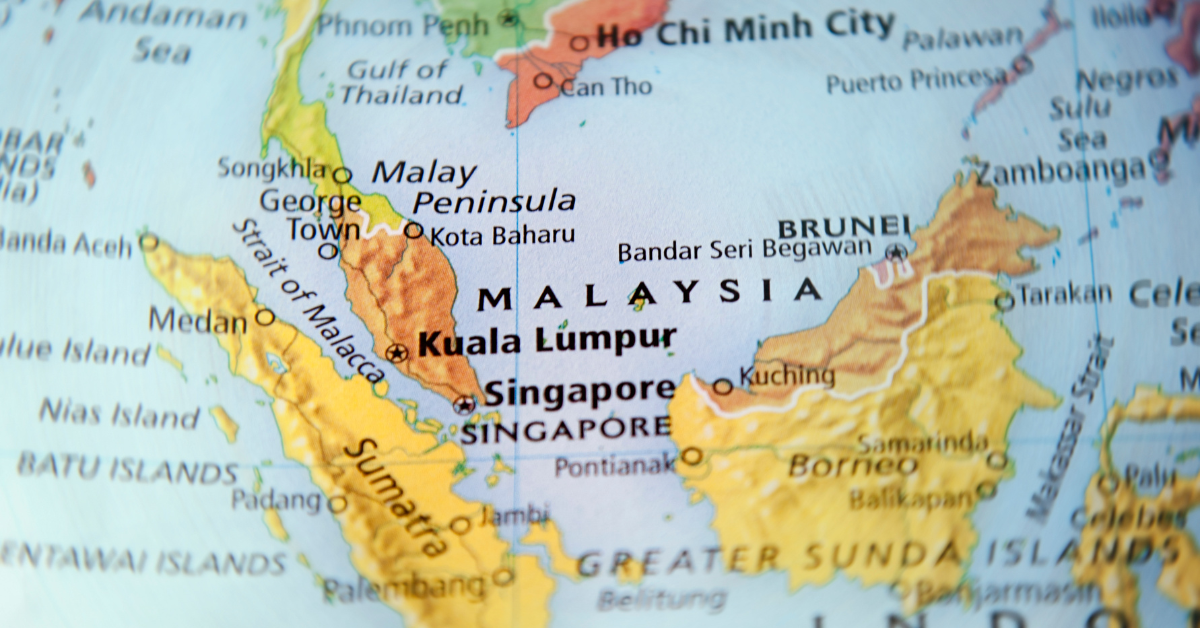
Aug
Financial Challenges Facing Malaysia in 2023
Malaysia is a developing country that has achieved remarkable economic growth and social progress over the past decades. However, the country also faces various financial challenges that could hamper its aspiration to become a high-income and developed economy by 2024. In this article, we will discuss some of the major financial challenges facing Malaysia in 2023 and how they affect the well-being of its citizens.

Financial Sector Transformation
One of the key financial challenges facing Malaysia is the need to transform its financial sector to support its economic development, elevate the financial well-being of households and businesses, advance digitalisation, and strengthen resilience. The Bank Negara Malaysia (BNM), the central bank of the country, has recently launched the Financial Sector Blueprint 2022-2026, which outlines the strategic thrusts and initiatives to achieve these objectives1.
Some of the initiatives include enhancing the efficiency and inclusiveness of the financial system, promoting sustainable finance and green growth, fostering innovation and competition in the financial sector, strengthening consumer protection and financial literacy, and enhancing the regulatory and supervisory framework. The successful implementation of these initiatives will require close collaboration among various stakeholders, including the government, regulators, financial institutions, businesses, and consumers.
Economic Growth Outlook
Another financial challenge facing Malaysia is the uncertainty of its economic growth outlook amid the global and domestic factors. According to the World Bank, Malaysia’s economy is projected to expand by 4.0 percent in 2023 amid an expected slowdown in external demand, following a stronger-than-expected recovery of 7.8 percent last year2. However, this projection is subject to significant downside risks, such as the impact of the COVID-19 pandemic, the volatility of commodity prices, the geopolitical tensions, and the domestic political instability.
The COVID-19 pandemic has been particularly detrimental to Malaysia’s economy, as it has disrupted the economic activities, affected the livelihoods of millions of people, and strained the public health system. The government has introduced various stimulus packages, such as the National People’s Well-Being and Economic Recovery Package (Pemulih), to mitigate the adverse effects of the pandemic and support the economic recovery3. However, these measures have also increased the fiscal deficit and public debt levels, which could limit the fiscal space for future spending.
Diversification of Growth Sources
A related financial challenge facing Malaysia is the need to diversify its sources of growth and reduce its reliance on certain sectors or markets. Malaysia’s economy is highly dependent on exports of commodities (such as palm oil, rubber, and petroleum) and manufactured goods (such as electrical and electronic products), which account for about 70 percent of its gross domestic product (GDP)4. While these sectors have contributed significantly to Malaysia’s economic development, they also expose the country to external shocks and price fluctuations.
Therefore, Malaysia needs to diversify its sources of growth by developing new sectors or industries that have higher value-added, productivity, and competitiveness. Some of the potential sectors include digital economy, green economy, creative economy, halal economy, and tourism. These sectors could also create more employment opportunities and income for Malaysians, especially for the youth and women.
Digital Divide
A final financial challenge facing Malaysia is the digital divide that exists between different segments of society. The digital divide refers to the gap in access to or use of information and communication technologies (ICT), such as computers, internet, mobile phones, etc., among different groups based on income, education, location, gender, age, etc. The digital divide could affect the economic opportunities, social inclusion, and quality of life of those who are left behind.
Malaysia has made significant progress in expanding its ICT infrastructure and services over the years. According to BNM, about 90 percent of Malaysians have access to broadband internet services as of 20215. However, there are still disparities in terms of affordability, quality, speed, coverage, and usage of ICT among different groups. For instance, rural areas have lower internet penetration rates than urban areas; low-income households have less access to computers or smartphones than high-income households; women have lower digital literacy skills than men; etc.
To address this challenge, Malaysia needs to invest more in improving its ICT infrastructure and services; promote digital inclusion and literacy among all segments of society; encourage innovation and entrepreneurship in the digital sector; and ensure that digital policies are aligned with social and environmental goals.
Artikel lain:
Apa maksud Pinjaman Berasaskan Cagaran di Malaysia?
Gunakan Kenderaan Anda Untuk Mengurangkan Beban Hutang
Bila Anda Perlu Membiayai Semula Kereta Anda
Perkara Yang Anda Perlu Tahu Tentang Kewangan Mikro di Malaysia

Conclusion
Malaysia is a country that has achieved remarkable economic growth and social progress over the past decades. However, it also faces various financial challenges that could hamper its aspiration to become a high-income and developed economy by 2024. Some of these challenges include:
- the need to transform its financial sector to support its economic development, elevate the financial well-being of households and businesses, advance digitalisation, and strengthen resilience;
- the uncertainty of its economic growth outlook amid the global and domestic factors;
- the need to diversify its sources of growth and reduce its reliance on certain sectors or markets;
- and the digital divide that exists between different segments of society.
To overcome these challenges, Malaysia needs to implement effective policies and strategies that are responsive to the changing economic and social environment; collaborate with various stakeholders, including the government, regulators, financial institutions, businesses, and consumers; and leverage on its strengths and opportunities, such as its strategic location, diverse population, rich natural resources, and strong institutional framework.
By doing so, Malaysia can achieve its vision of becoming a prosperous, inclusive, and sustainable nation in the 21st century.
Baca Artikel Bermanfaat:
Bagaimana untuk mendapatkan pembiayaan di Malaysia?
Mana lebih baik, jual kereta atau gadai kereta?
Pembiayaan Semula Pinjaman Hartanah vs Pembiayaan Semula Pinjaman Kereta

